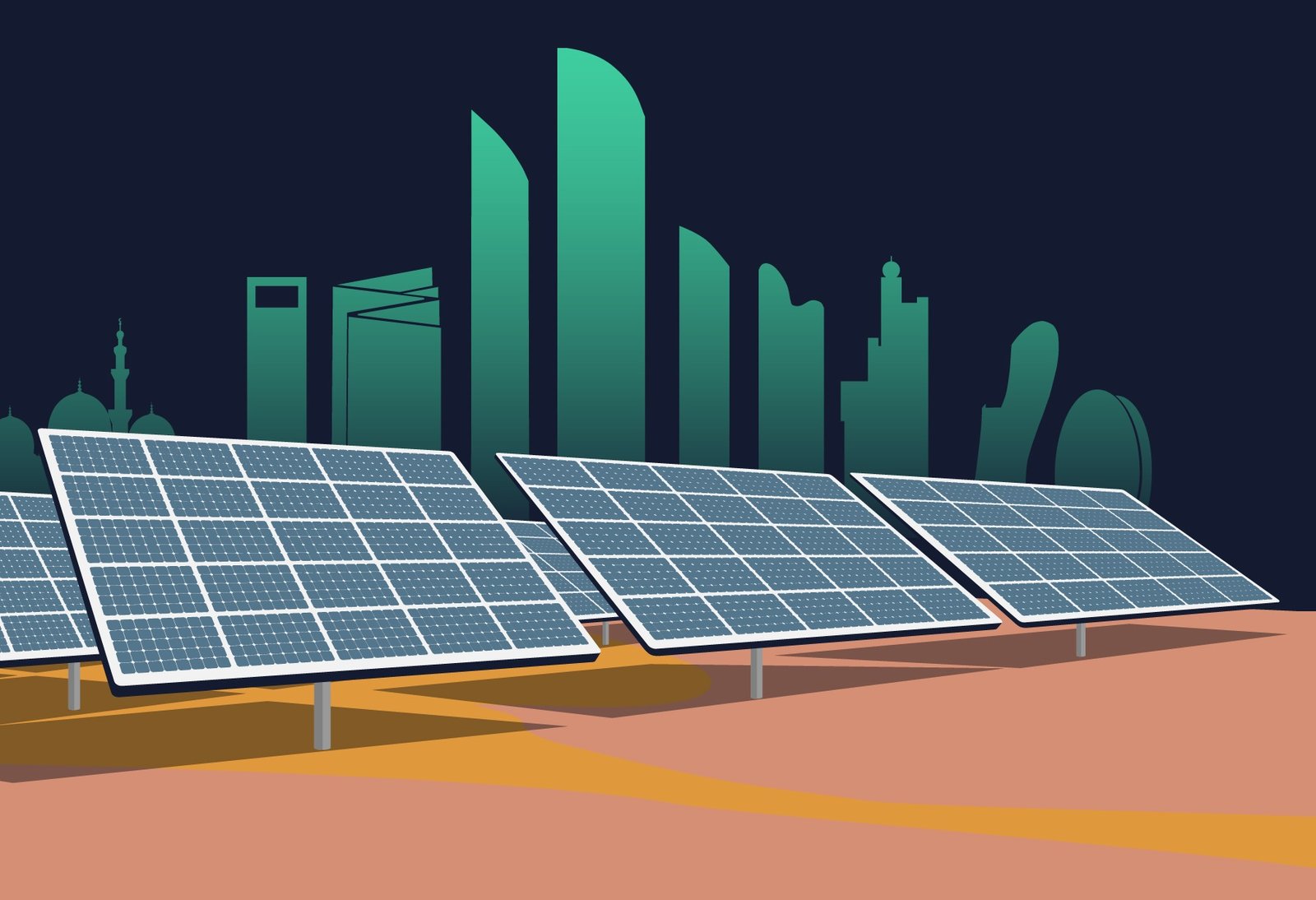China Energy Engineering Corporation (CEEC) and Mitsubishi Power have secured a $564 million (5.6 billion Moroccan dirhams) contract to develop the 900 MW Al Wahda gas power plant in Morocco, the Moroccan government has revealed.
The Office National de l’Électricité et de l’Eau Potable (ONEE) awarded the consortium the project after it offered the lowest Levelized Cost of Electricity (LCOE).
The contract, which includes a five-year maintenance agreement worth $72 million (723.5 million dirhams), aims to address Morocco’s growing energy demands and support its transition to cleaner energy solutions.
The combined cycle gas turbine (CCGT) power plant, located near the Al Wahda dam, will use natural gas supplied through the Maghreb-Europe Gas Pipeline (GME), located 0.4 km from the site.
The project, part of Morocco’s wider energy strategy, will feature two 450 MW gas turbine units with dual-fuel capabilities, allowing them to operate on both natural gas and diesel as backup in case of disruptions.
Mitsubishi Power’s J-class gas turbines, known for their ability to co-fire hydrogen and ammonia, are expected to be supplied in a bid to future-proof the plant for Morocco’s green hydrogen ambitions.
The Al Wahda plant will be Morocco’s third gas-fired power plant after Tahaddart and Beni Mathar.
Once operational, it will supply nearly 10% of the country’s electricity needs, contributing to grid stability and boosting capacity to support Morocco’s renewable energy integration.
The turbines will offer on-demand power during peak periods, helping to balance the intermittency of solar and wind sources.
Morocco is working toward an ambitious goal of producing 64 terawatt-hours (TWh) of electricity by 2030, with a major portion coming from renewable sources.
The country has also positioned itself as a key player in green hydrogen production, targeting 4% of the global hydrogen market by 2030.
The China Energy Engineering and Mitsubishi Power consortium beat out a rival group comprising General Electric Global Services, SEPCO III Electric Power Construction, and Power China International Group.
The Al Wahda power plant will be key in ensuring grid stability, providing fast, on-demand electricity during peak times. It will also help smooth fluctuations from renewable sources like wind and solar, enabling more efficient integration of these into the grid.
This will support Morocco’s transition to a greener energy mix while maintaining reliable power supply during variable conditions, essential for meeting the country’s future energy demands and carbon reduction goals.
Morocco’s energy strategy has been evolving rapidly, with the government investing heavily in renewables and gas-fired power plants to reduce dependency on imported fossil fuels and meet its growing energy demands.
The country aims to raise the share of renewables in its energy mix to 52% by 2030, up from 40% today, while cutting its carbon emissions as part of its commitments under the Paris Agreement.
In the past decade, Morocco has become a regional leader in renewable energy, particularly solar and wind. The Noor Solar Power Station in Ouarzazate is one of the largest concentrated solar plants in the world, and the country’s wind power capacity has grown to over 2,400 MW.
By 2027, Morocco aims to increase its total energy capacity from 11 GW to 20 GW, with 6.5 GW coming from renewables.
The Xlinks Morocco-UK Power Project, a new electricity generation facility entirely powered by solar and wind energy combined with a battery storage facility is also expected to boost the country’s power profile. Located in Morocco’s renewable energy rich region of Guelmim Oued Noun, it will be connected exclusively to Great Britain via 4000km (2485 miles) HVDC sub-sea cables.
This first of a kind project will generate 11.5GW of zero carbon electricity from the sun and wind to deliver 3.6GW of reliable energy for an average of 19+ hours a day. This is enough to provide affordable, clean power to the equivalent of over 7 million British homes and once complete, the project will be capable of supplying 8 percent of Great Britain’s electricity needs.
In addition to its renewable energy projects, Morocco has embraced green hydrogen as a key pillar of its future energy strategy. The country is collaborating with several European partners to develop green hydrogen projects, leveraging its abundant wind and solar resources. This not only positions Morocco as a future hydrogen exporter but also complements its existing plans for decarbonizing its economy.
The Al Wahda gas power plant is expected to become operational within 25 months, marking another milestone in Morocco’s energy transition.
Once completed, the plant will contribute to both Morocco’s domestic energy needs and its export potential, particularly with the development of the Spain-Morocco Hydrogen Corridor, which aims to transport green hydrogen to Europe.
Morocco’s growing power consumption, driven by industrial growth in sectors like automotive manufacturing and phosphate mining, has prompted the government to increase energy production. Rapid urbanisation, a rising population, and a growing tourism sector are also contributing to seasonal electricity demand spikes.
The country is currently dependent on imported fossil fuels, making the development of domestic gas and renewable energy projects a national priority.
In 2022, Morocco’s energy mix was still dominated by coal (37%), followed by natural gas (18%) and wind (13%). As the country works to decarbonise, projects like Al Wahda, along with investments in renewables and green hydrogen, will be crucial for meeting future energy needs.





